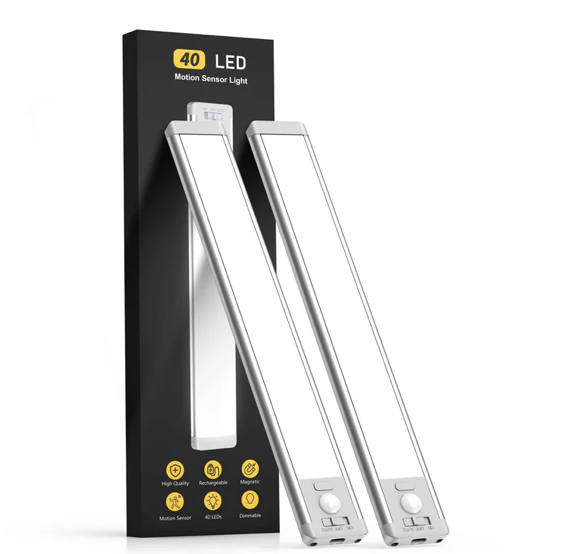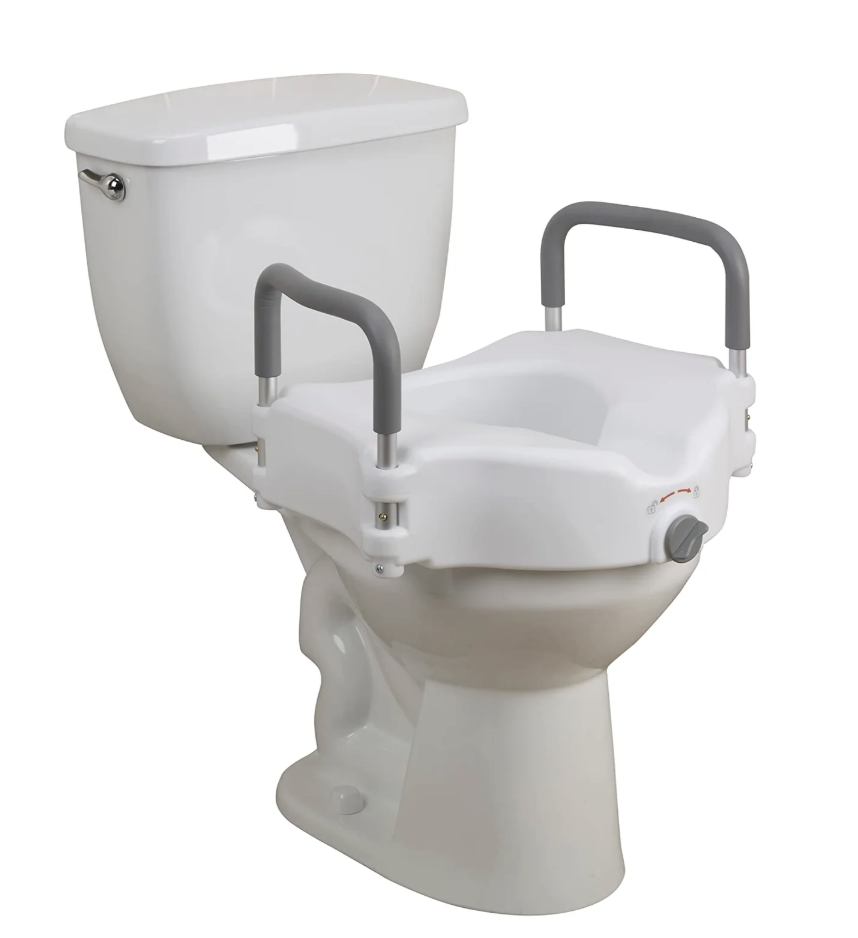Top 5 Product Categories To Prevent Most Frequent Falls
90% of all homes are NOT prepared and outfitted for elder living and aging in place.
According to the U.S. Centers for Disease Control and Prevention (CDC) and other falls research:
Fourteen million, or 1 in 4 Americans age 65+, falls each year.<1>
Falls are the leading cause of fatal and non-fatal injuries among older adults.<2>
In 2021, falls caused 38,000 deaths among those age 65+, and emergency departments reported 3 million visits due to older adult falls.<2>
The cost of treating injuries caused by falls among older adults is projected to increase to over $101 billion by 2030.<3>
Among older adults who fall, over half receive care in a hospital; the estimated annual average cost per inpatient visit for falls injuries is $18,658 and $1,112 per emergency department visit.<4>
Based on data from 2020, the total health care cost of non-fatal older adult falls is $80 billion per year, up from $50 billion in 2015. Sixty-seven percent of fall-related costs are paid for by Medicare, 4% by Medicaid, and 29% is paid privately/out-of-pocket by older adults and families.<5>
1. Centers for Disease Control and Prevention. Older Adult Falls Data. Found on the internet at https://www.cdc.gov/falls/data-research/index.html
2. CDC. About Older Adult Fall Prevention. Found on the internet at https://www.cdc.gov/falls/about/
3. Houry D, Florence C, Baldwin G, Stevens J, McClure R. The CDC Injury Center's response to the growing public health problem of falls among older adults. Am J Lifestyle Med. 2016 Jan-Feb; Found on the internet at https://www.ncbi.nlm.nih.gov/pmc/articles/PMC4681302/
4. Reider L, Falvey J, Okoye S, et al. Cost of U.S emergency department and inpatient visits for fall injuries in older adults. Injury. February 2024. Found on the internet at https://www.sciencedirect.com/science/article/abs/pii/S0020138323009166
5. Haddad YK, Miller GF, Kakara R, et al. Healthcare spending for non-fatal falls among older adults, USA Injury Prevention 2024;30:272-276.
5. Shower Chair or Transfer Bench: Placing a sturdy chair or bench inside the shower or tub allows individuals to sit while bathing, reducing fatigue and the risk of slipping on wet surfaces. Transfer benches also aid in safely getting in and out of the shower without stepping over the edge.
Fear of falling is VERY REAL. You’re not crazy!
Prevention is your best defense
Curated product advice from experts and our real world testing. Products are linked to our recommended products.
If there is a fall (or as my mom claims, she “slithers”) to the floor, this is an excellent product we have used many times to avoid calling the paramedics to help her back onto the bed or chair.
3. Improved Lighting: Ensuring adequate lighting throughout the home, especially in hallways, stairways, and bathrooms, is crucial. This includes brighter overhead lights, night lights in bedrooms and bathrooms, and motion-sensor lights. Good visibility helps to identify and avoid tripping hazards.
Toilet Seat Riser
1. Grab Bars: These sturdy bars are typically installed in bathrooms (near the toilet and in the shower/tub) and along hallways. They provide a stable handhold for balance and support when sitting, standing, or moving around in areas where slips are more likely due to wet surfaces. Suction cup versions are available, but installed bars are more reliable.
2. Non-slip Mats and Rugs: Placing non-slip mats in bathrooms and kitchens, and using rugs with non-slip backings in living areas helps to prevent slips on smooth or wet floors. These provide increased friction and stability underfoot. Also use corner tape to secure the corners of throw rugs throughout the house.
4. Raised Toilet Seats with or without Armrests: These make it easier and safer to sit down and stand up from the toilet, reducing strain and the likelihood of losing balance. Armrests provide additional support.











